Our team consists of 9 teachers and 34 graduate students, including 1 Professor, 4 Associate Professor, 4 Ph.D. students, and 30 M.S. students. In recent years, we have undertaken numerous scientific research projects, including the National Key Research and Development Program of China, the National Key Scientific Instrument and Equipment Development Project of China, the National Natural Science Foundation of China, etc. The total project funding amounts are up to 10 million RMB, and the representative scientific research projects are as followings: 1. National Key Research and Development Program of China, Development of automatic geomagnetic absolute observation system and advanced magnetometer, 2018.12-2021.12, 5.0 million RMB. 2. National Key Scientific Instrument and Equipment Development Project of China, Development and application of marine geomagnetic field vector measuring instrument, 2015.01-2018.12, 1.5 million RMB. 3. National Laboratory for Marine Science and Technology, High-precision and integrated measurement technology for ocean geomagnetic vector based on mobile carrier, 2016.01-2018.12, 1.0 million RMB. 4. National Natural Science Foundation of China, Research on ocean-oriented geomagnetic all-factor integrated and high-precision measurement technology, 2019.01-2022.12, 0.63 million RMB. 5. Foundation of Wuhan Science and Technology Bureau, Research on intelligent magnetometer based on multi-sensor adaptive fusion, 2019.01-2021.12, 0.5 million RMB. 6. National Natural Science Foundation of China, Research on a new generation magnetometer based on optimized dynamic nuclear polarization, 2015.01-2019.12, 0.9 million RMB. We are passionate about academic cooperation and exchanges. 4 faculties and 1 student in our team have been jointly supervised by famous foreign universities such as the University of Houston, University of Technology Sydney, University of British Columbia, University of New Brunswick, etc. Besides, our team members have attended lots of international conferences like IEEE International Instrumentation & Measurement Technology Conference (I2MTC), Asian Control Conference, Annual Meeting of Chinese Geophysical Society, etc. Further, we have established long-term cooperative relations with well-known manufacturers, research institutes and research laboratories, including the Guangzhou Marine Geological Survey of China, 710th Research Institution of China Shipbuilding Industry Corporation, Science and Technology on Near-Surface Detection Laboratory, etc. 
Fig. 1 The kick off meeting of National Key R&D Program of China 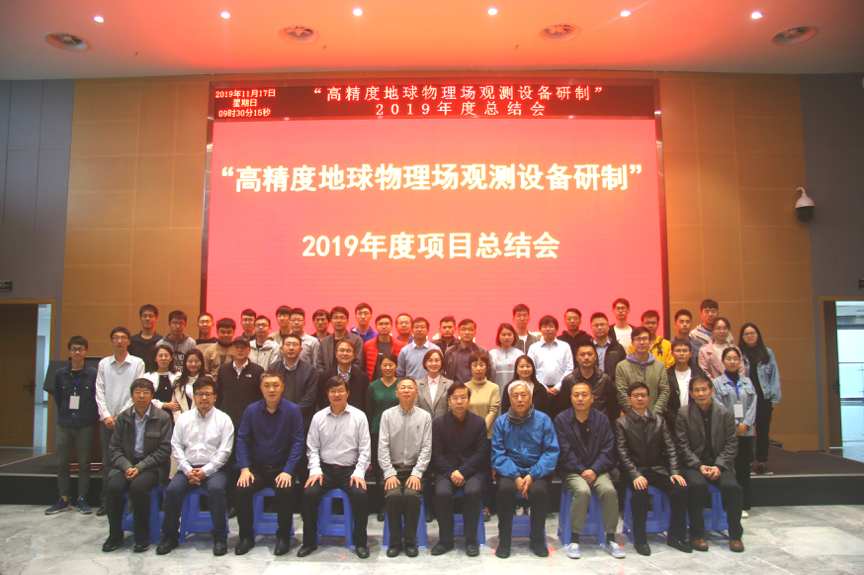
Fig. 2 The 2019 annual project summary meeting of National Key R&D Program of China 
Fig. 3 Team members attended the 2018 IEEE I2MTC Conference held in Houston, USA 
Fig. 4 Team members visited the U.S. Bitwave Intelligent Drilling Company 
Fig. 5 Team member attended the 2th "Yuanchuang Cup" National Final of Innovation and Creativity  Fig. 6 Team member made an oral at the 2019 IEEE I2MTC Conference held in Auckland, New Zealand 
Fig. 7 A glimpse of academic activities 
Fig. 8 Team members attended the 13th China Graduate Electronic Design Competition |
To solve difficult problems in the design of geophysical field sensors for complex environments, effective acquisition of geophysical field information, multi-source geophysical field information fusion, integration and application of intelligent geophysical exploration equipment system, etc., we have developed numerous instruments, including marine induced electricity detection system, high-power spectrum induced polarization detector, high-density electrical prospecting apparatus, Overhauser based proton precession magnetometer, fluxgate magnetometer, geomagnetic monitor, marine magnetometer, trace metal detector, unexploded ordnance (UXO) magnetic gradient detector, electromagnetic measuring instrument while drilling, etc. For these aforementioned works, we have published over 200 academic papers (including 50 SCI-indexed journal papers); we are the owner of 10 invention patents and 30 software copyrights, and 30 invention patents are under application. The representative scientific research achievements and publications are as followings: 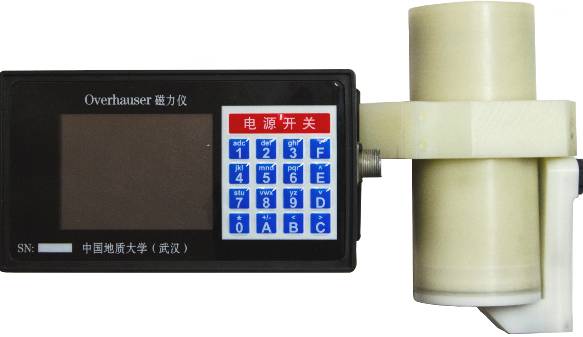 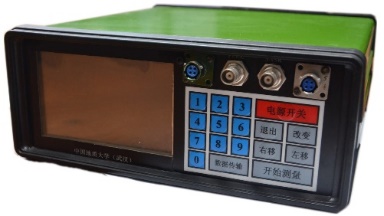
Fig.9 Overhauser magnetometer Fig. 10 UXO magnetic gradient detector  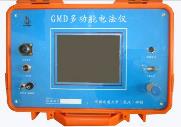 Fig. 11 Fluxgate magnetometer Fig. 12 High-density electrical prospecting apparatus  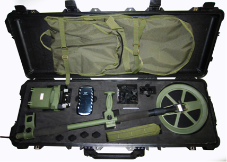
Fig. 13 Trace metal detector Fig. 14 Overhauser marine magnetometer 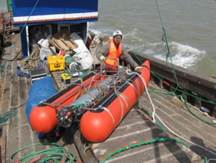 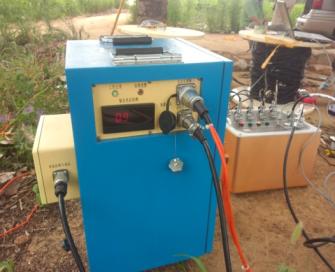
Fig. 15 Marine induced electricity detection system Fig. 16 Spectrum induced polarization detector [1] Jixuan Zhu and Zhihua Li. Analysis of magnetic shielding effect on an RFID coil antenna in metallic environments with a ferrite toroid, IEEE Transactions on Electromagnetic Compatibility, to be published, DOI: 10.1109/TEMC.2019.2963115, 2020. [2] Wei Xue, Xiangyang Dai, Jichao Zhu, et al. A noise suppression method of ground penetrating radar based on EEMD and permutation entropy, IEEE Geoscience and Remote Sensing Letters, 16(10): 1625-1629, 2019. [3] Huan Liu, Zheng Liu, Shuo Liu, et al. A nonlinear regression application via machine learning techniques for geomagnetic data reconstruction processing, IEEE Transactions on Geoscience and Remote Sensing, 57(1): 128-140, 2019. [4] Yue Yang, Xianzhen Sang, Shuaimeng Yang, et al. High-precision vision sensor method for dam surface displacement measurement, IEEE Sensors Journal, 19(24): 12475-12481, 2019. [5] Huan Liu, Haobin Dong, Jian Ge, et al. Efficient performance optimization for the magnetic data readout from a proton precession magnetometer with low rank constraint, IEEE Transactions on Magnetics, 55(8): 9300104, 2019. [6] Jian Ge, Han Li, Hongpeng Wang, et al. Aeromagnetic compensation algorithm robust to outliers of magnetic sensor based on Huber loss method, IEEE Sensors Journal, 19(4): 5499-5405, 2019. [7] Jian Ge, Xiangyu Qiu, Haobin Dong, et al. Short-time and high-precision measurement method for Larmor frequency of marine overhauser sensor, IEEE Sensors Journal, 18(4): 1442-1448, 2018. [8] Jixuan Zhu, Bo Tao, Zhouping Yin, Adaptive RFID Impedance Matching Based on Phase Difference for Oil Well Applications, IEEE Transactions on Circuits and Systems II: Express Briefs, 64(5): 525-529, 2017. [9] Haobin Dong, Huan Liu, Jian Ge, et al. A high-precision frequency measurement algorithm for FID signal of proton magnetometer, IEEE Transactions on Instrumentation and Measurement, 65(4): 898-904, 2016. [10] 葛健, 陆承达, 董浩斌等. 基于Overhauser传感器的近地表UXO磁梯度法探测技术, 仪器仪表学报, 5(36): 38-50, 2015.(中国仪器仪表学会2015年度优秀论文) |
